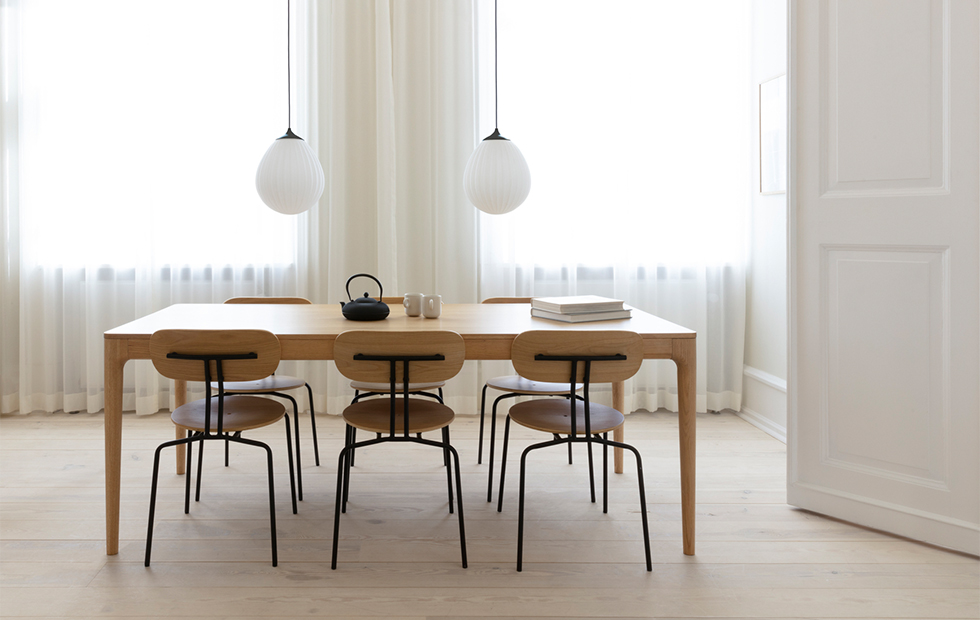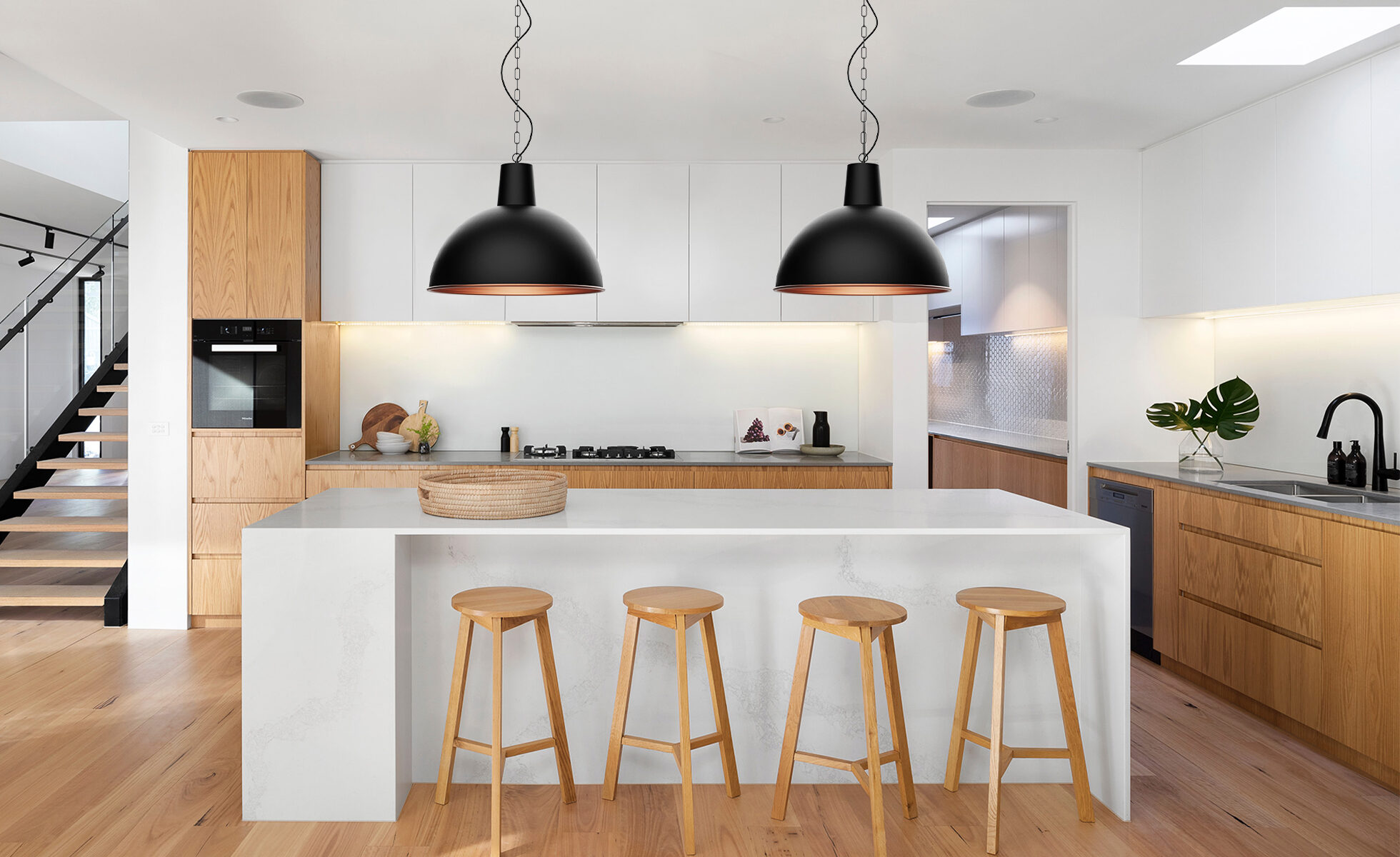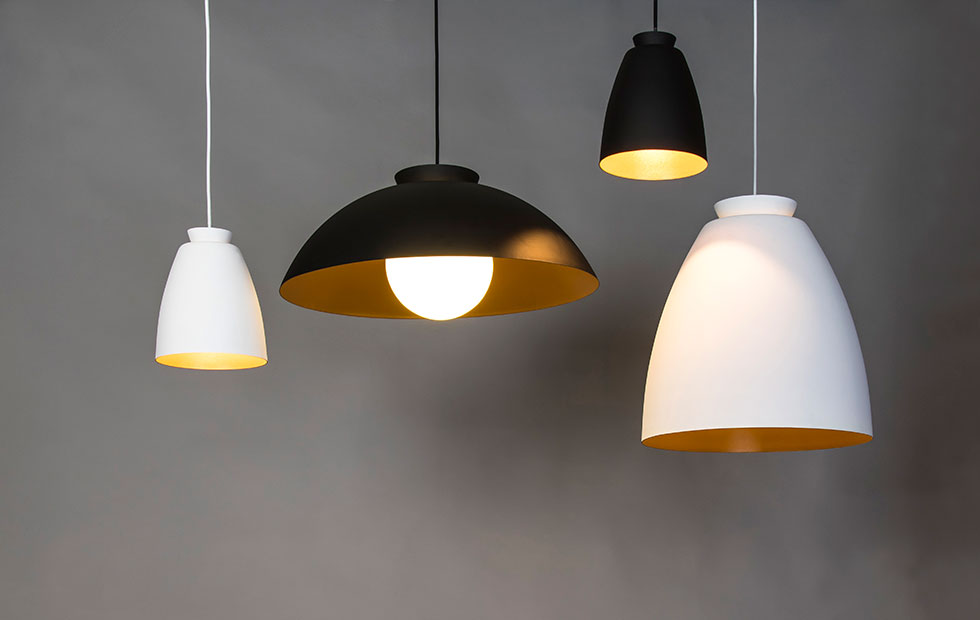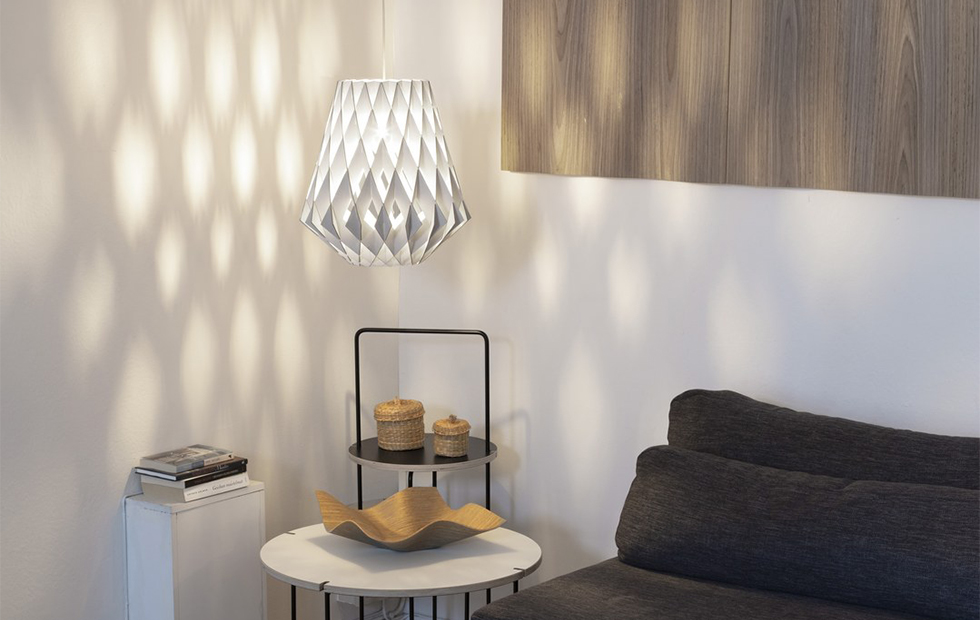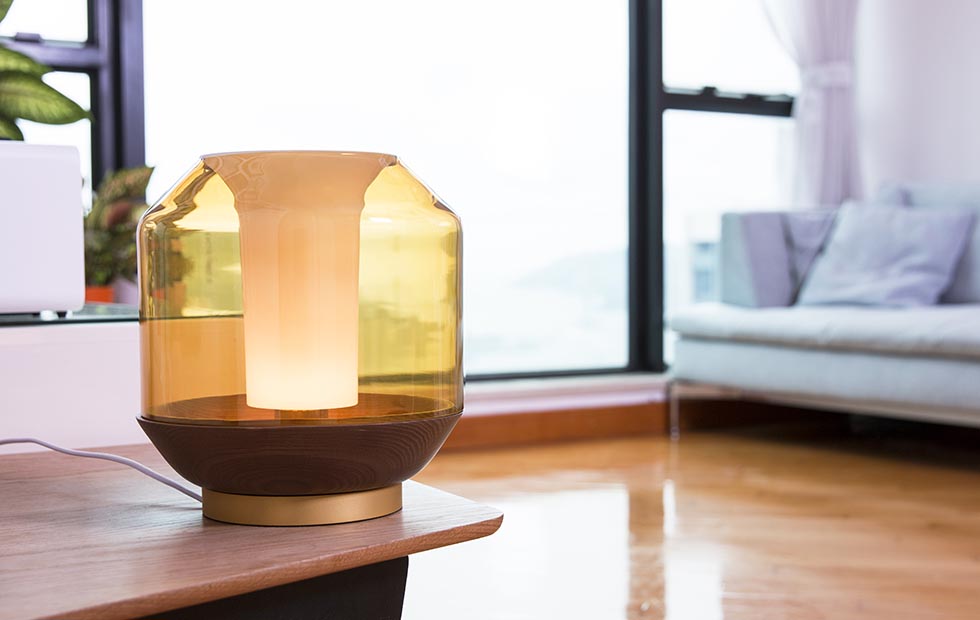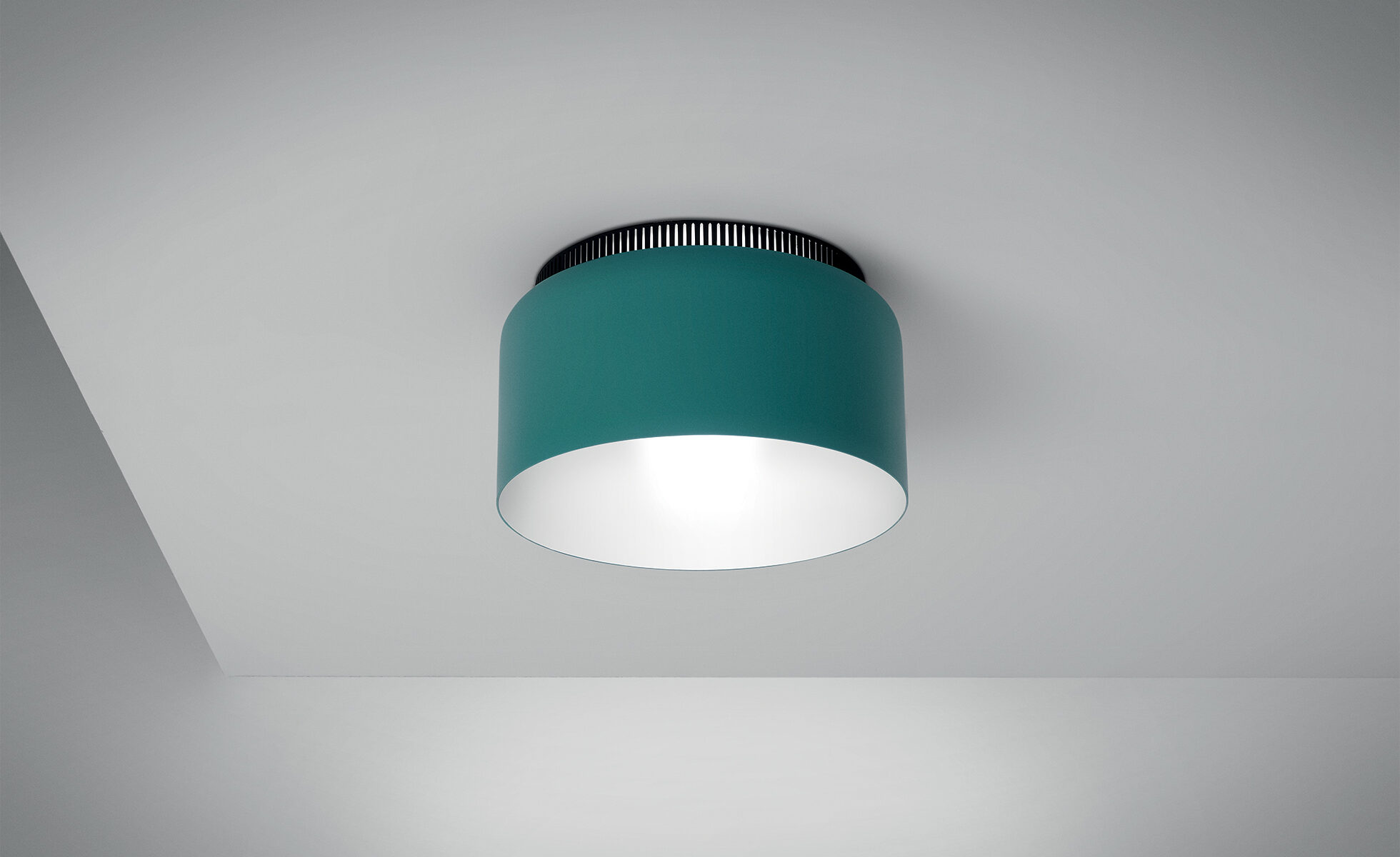As autumn unfurls its golden hues and the temperature begins to dip, we find ourselves immersed in the season of cosy sweaters, pumpkin-spiced delights, and the comforting, inviting glow of autumn lighting.
As daylight wanes, lighting transcends its practical purpose, becoming a canvas for infusing your space with the enchantment of autumn.
In this blog post, we’ll embark on a journey through the world of autumn lighting trends, exploring how lighting companies can assist you in capturing the essence of this vibrant season and transforming your home or business into an enchanting autumn retreat.
1. Setting the Mood with Warm Tones
Autumn exudes warmth and hospitality, and your choice of lighting should echo this sentiment. Consider replacing your standard light bulbs with alternatives that emit warmer hues, such as soft white or amber LED lights. These tones create an inviting ambience, perfect for cuddling up with a book or hosting an autumn gathering with friends and family. Lighting companies offer a plethora of options to help you curate the ideal atmosphere for your space.
2. Embracing Nature Through Organic Designs
Autumn is a celebration of nature’s beauty, and integrating organic lighting designs can amplify the overall autumnal vibe within your space. Lighting fixtures inspired by leaves, branches, or even acorns can introduce a hint of the outdoors into your interior environment. These designs not only add visual intrigue but also foster a seamless connection between your indoor sanctuary and the shifting world outside.
3. Dimmable Lights for Versatility
With the days growing shorter, the ability to adjust lighting intensity is indispensable. Dimmable lights bestow you with the flexibility to fine-tune brightness according to your needs. Whether you desire soft, romantic illumination for an intimate dinner or a well-lit space for work and chores, dimmable lighting solutions are your ally in striking the perfect balance.
4. Accent Lighting to Spotlight Autumn Decor
Autumn inaugurates a season of interior transformation, with pumpkins, gourds, and autumn foliage taking centre stage. Lighting companies offer an array of accent lighting options designed to showcase your autumnal decorations. Consider employing spotlights or wall-mounted fixtures to emphasise specific elements, such as a meticulously carved pumpkin or a autumn-themed centrepiece adorning your dining table. This not only injects drama but also draws attention to the intricate details of your seasonal adornments.
5. Energy-Efficiency and Sustainability
In the contemporary world, sustainability is a paramount consideration when selecting lighting solutions. Lighting companies have heeded this call and now provide a diverse range of energy-efficient options, including LED bulbs and fixtures. These choices not only reduce your ecological footprint but also trim your energy bills, allowing you to savour the warmth and charm of autumn lighting without straining your finances.
6. Outdoor Lighting to Extend Autumn’s Embrace
Do not restrict your autumn lighting transformation to the indoors alone. Outdoor lighting plays a pivotal role in enhancing your property’s curb appeal and extending a warm greeting to your guests. Contemplate the installation of outdoor fixtures inspired by autumn, such as lantern-style sconces or pathway lights adorned with autumn-themed motifs. Outdoor lighting can illuminate the ever-changing palette of your landscape, rendering your abode or business a beacon of autumnal splendour.
7. Customised Lighting Solutions for Your Unique Space
Every space possesses its own distinct character, and lighting companies grasp the significance of tailor-made solutions. Be it a snug reading nook, a rustic farmhouse kitchen, or a modern urban apartment, custom lighting options can be crafted to align with your specific aesthetic and functional prerequisites. Collaborate closely with lighting experts to forge a lighting plan that harmonises with your space while magnifying the essence of autumn.
8. Smart Lighting Control for Convenience
The integration of smart lighting control systems can revolutionise your interaction with lights during autumn and beyond. Through smart lighting, you can manipulate factors such as colour temperature, and luminosity, and even establish schedules to harmonise with the evolving seasons. Envision waking up to a gentle, warm radiance mirroring the sunrise or having your outdoor lights automatically illuminate as twilight descends, crafting an inviting and warm ambience for your guests.
9. Safety and Security with Motion-Activated Lighting
With the elongated nights of autumn, safety and security ascend the hierarchy of importance. Motion-activated lighting presents a pragmatic solution that not only bolsters your property’s security but also conserves energy. These lights can be strategically positioned around your residence or business to illuminate pathways, entrances, and concealed corners whenever motion is detected. This not only amplifies security but also contributes to the overall autumn aesthetic of your space.
10. Embracing Cosiness with Fireplace and Candlelight Effects
To wholeheartedly embrace the cosy spirit of autumn, contemplate lighting solutions that emulate the gentle, flickering radiance of a fireplace or the gentle glow of candles. LED bulbs and fixtures equipped with flame-like effects can engender a warm and inviting atmosphere sans actual flames. This not only adds a dash of sophistication but also assures comfort and safety during brisk autumn evenings.
Autumn heralds a season of metamorphosis, and your choice of lighting can emerge as a quintessential component in channelling the spirit of autumn into your abode or business. From warm hues and organic designs to sustainable options and smart control systems, lighting companies proffer an array of solutions to help you accomplish the quintessential autumn illumination. Embrace the allure of this season, and allow your lighting to radiate with the magic of autumn.
Explore our trusty retailers ↓
Dowsing & Reynolds, Utility Design, Holloways of Ludlow, Lighting Lover, Beut, Amara, Naken and David Village Lighting



